Right now, the BYD Shark 6 is the ute of the moment in Australia with pioneering hybrid tech, keen pricing, generous equipment and impressive packaging causing a buzz.
But its local distributor is under no illusion over the challenges and pitfalls that the newcomer faces, especially convincing dyed-in-the-wool buyers of long-established rivals like the Toyota HiLux, Nissan Navara, Mitsubishi Triton and Ranger to even consider the BYD as a genuine alternative.
Speaking at the launch of Australia’s first dual-cab plug-in hybrid electric vehicle (PHEV), Australian importer EV Direct CEO, David Smitherman, said that the job his team has ahead is formidable.
“(The biggest challenge), I think, is its acceptance in the market,” he told CarsGuide.
“Let's face it. (The 4x4 ute class) is such a vital segment for the brand, and where we're certainly chasing market share and growth. But we understand that it's not going to be easy in the marketplace.
“Australians are very brand loyal. It is a challenge. And I think people need time to understand the PHEV element and the fact that this is electric-first. Again, it’s around (consumer) education.
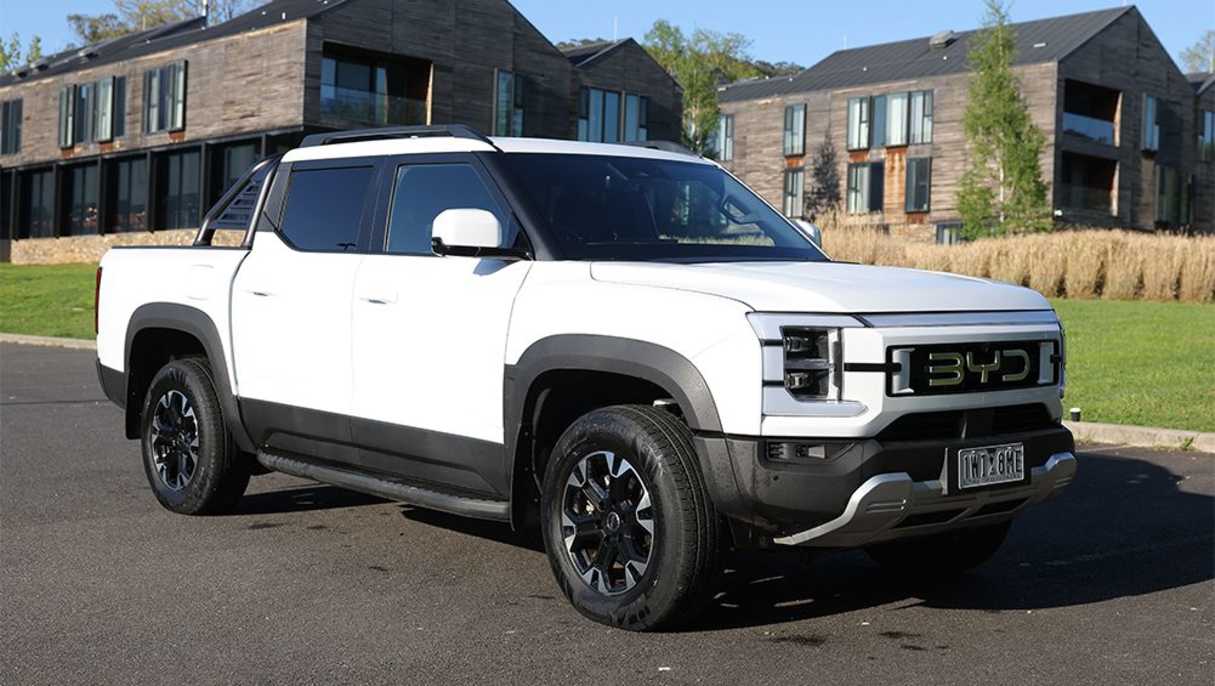
“It is a new technology.”
That said, as the highly successful launch of the Sealion 6 PHEV midsized SUV earlier this year is proving, Smitherman is hopeful that even the famously parochial Australian ute buyers will give the Shark 6 a chance.
“We're doing well when I look at the rest of our range,” he explained. “The Sealion 6, for example, has similar technology, and that's the number one PHEV in the market for the last two months.”
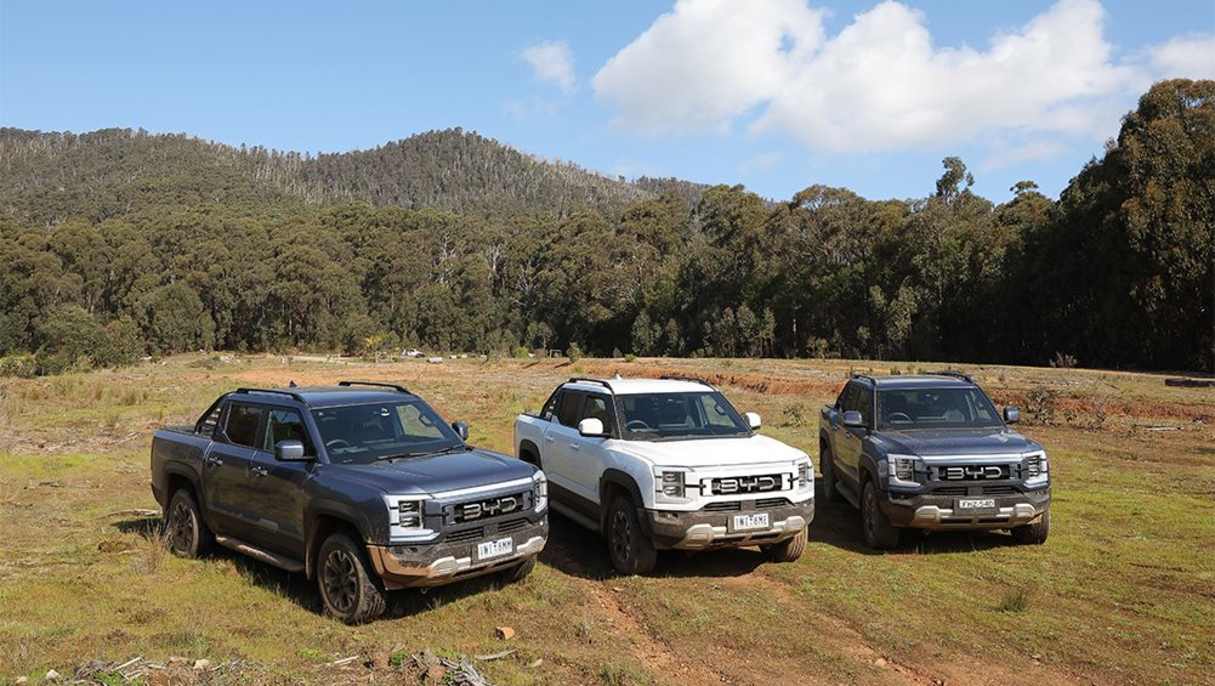
In fact, Smitherman reckons the time is right to offer consumers an electrified alternative to an internal combustion engine (ICE) ute without the fear of exorbitant cost, range anxiety or reduced functionality.
“We're just so thrilled and excited about what the Shark 6 represents, as our first real foray into the ute segment,” he said.
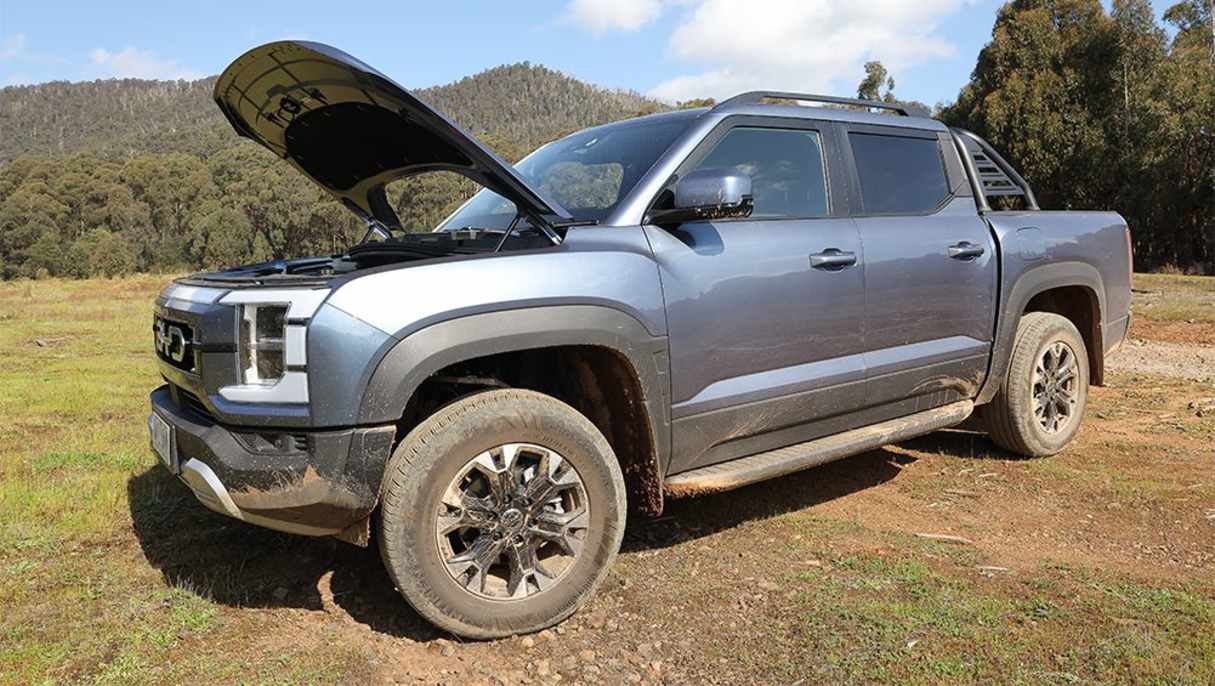
“Finally, we've got this choice for Australian customers. Beforehand, they really haven't had a choice. They've really had to stick with the traditional ICE engines.
“And what we're really pleased about is to finally be able to deliver something to the market that gives them choice, helps with Australia's emissions targets and that transition from a traditional ICE to eventually to EV.
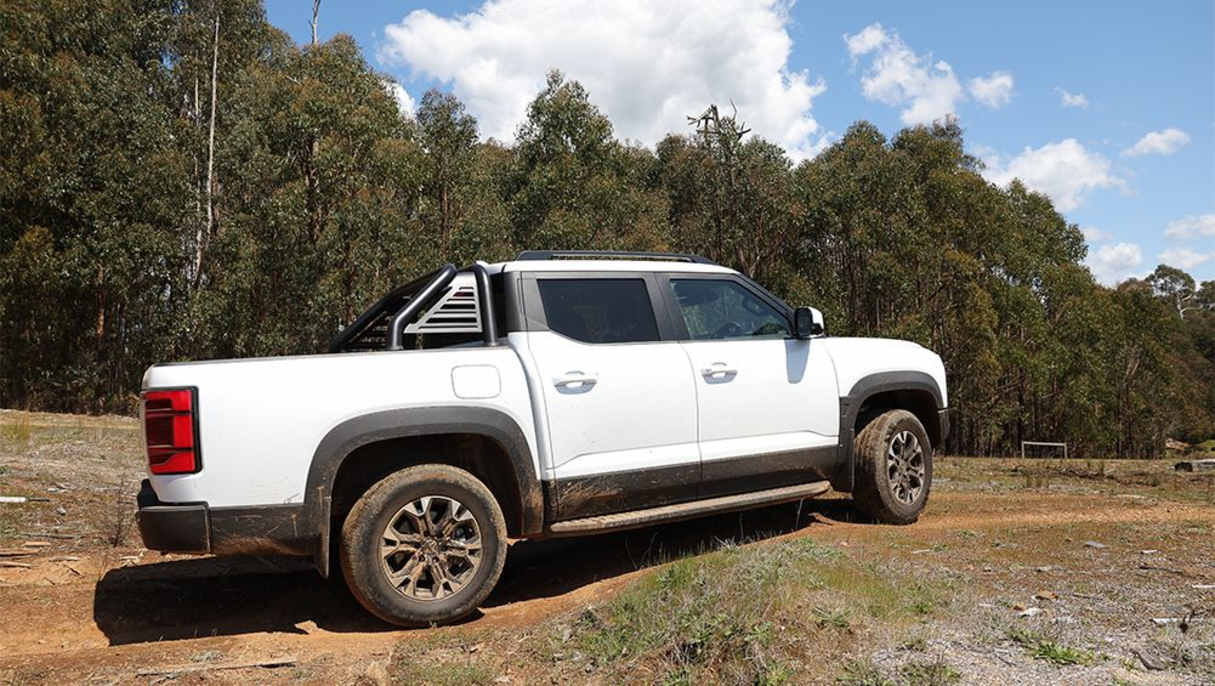
“People can get back to enjoying their weekends.”
The Shark 6 PHEV pricing will be revealed on October 29, with sales starting straight after, before deliveries from China begin to stream in from February next year.
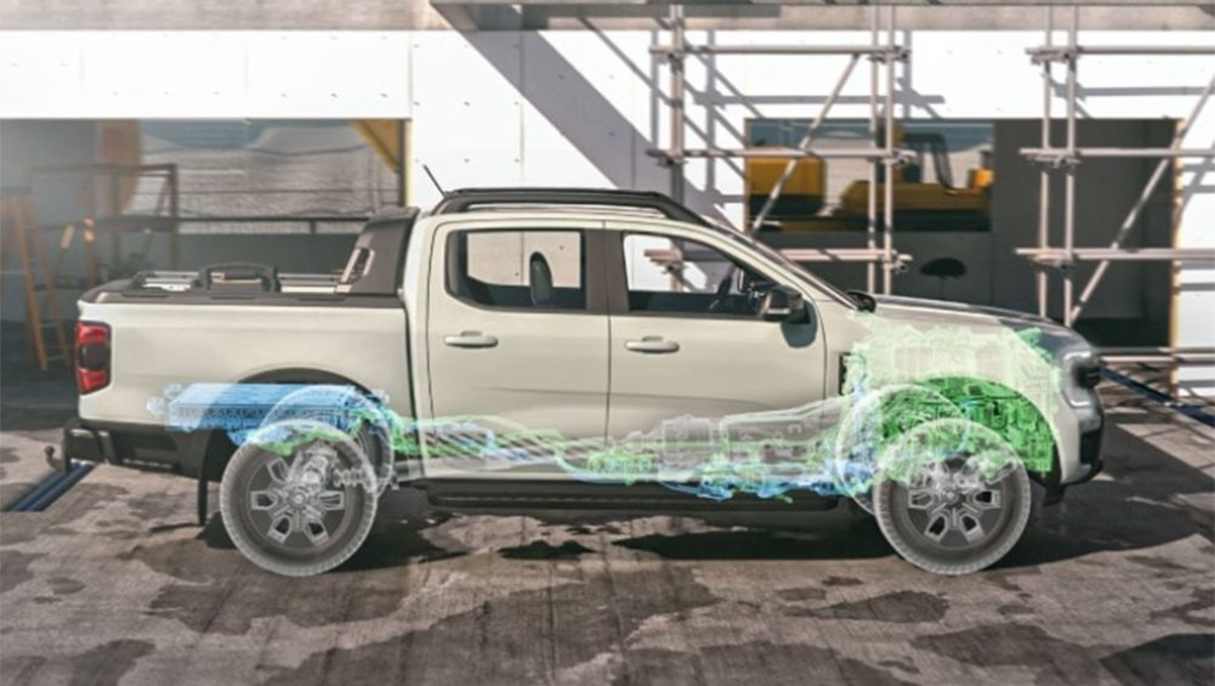
That gives BYD about a six month head start over the Ranger PHEV, even though it was announced about a year before the Chinese ute was.
Smitherman added that being perceived as an innovator in such a competitive segment is crucial if BYD wants cut-through with consumers, and the clock was ticking.
“(We) absolutely (aimed to beat the Ford Ranger PHEV to market)!” he admitted. “I mean, look, I think first mover advantage in any business is a good thing.
“But, you know, we were on our own time path (anyway). Getting to market on time… is a real skill and attribute of BYD.”





.jpg)

.jpg)
.jpg)

.jpg)


.jpg)



.jpg)
.jpg)
.jpg)
.jpg)
.jpg)
.jpg)

 (1).jpg)



